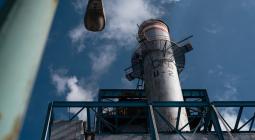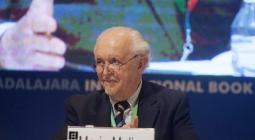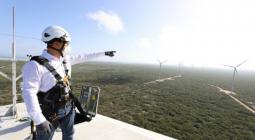Mexico was once a climate leader – now it's betting big on coal.
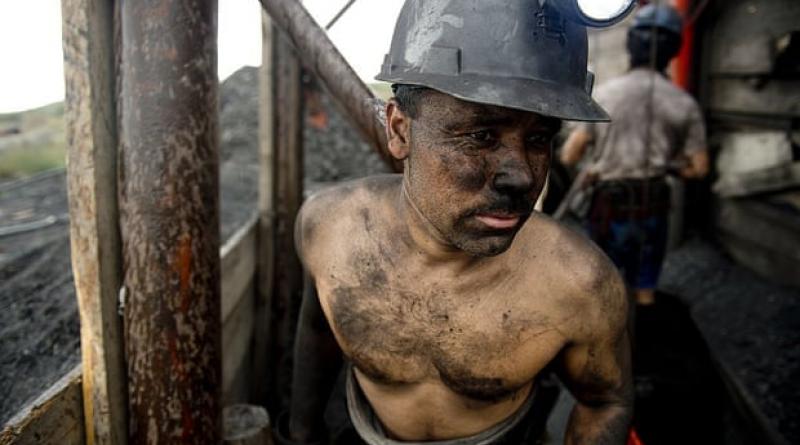
As the climate crisis worsens, Andrés Manuel López Obrador plans to buy nearly 2m tons of thermal coal from small producers.
The men on the midnight shift smoked cigarettes and cracked jokes in the glow of their helmet lights as they prepared to go underground. They were loading safety equipment and coils of pipe onto wheelbarrows, in readiness for a second shift due to start working later that week.
“We’re reactivating the industry,” said Arturo Rivera Wong, who had just taken on 40 more workers at the mine he owns in the scrublands of the border state of Coahuila.
“Four furnaces at the big thermoelectric plant are going to be reactivated,” he explained. “This is going to kickstart coal sales.”
As the climate crisis worsens and clean energy prices plunge, governments around the world have been weaning their economies of coal and other fossil fuels.
Mexico is moving in the opposite direction.
President Andrés Manuel López Obrador, popularly known as Amlo, has unveiled plans to buy nearly 2m tons of thermal coal from small producers like Rivera. He also plans to reactivate a pair of coal-fired plants on the Texas border, which were being wound down as natural gas and renewables took a more prominent role in Mexico’s energy mix.
Not only is López Obrador is betting big on fossil fuels, he is also curtailing clean energy.
The populist president has promoted a vision of energy sovereignty, in which state-run bodies – the oil company Pemex and the Federal Electricity Commission (CFE) – pump petroleum and generate electricity. Private players, which have heavily invested in clean energy, are relegated to a secondary role in López Obrador’s vision – while emissions and climate commitments are an afterthought.
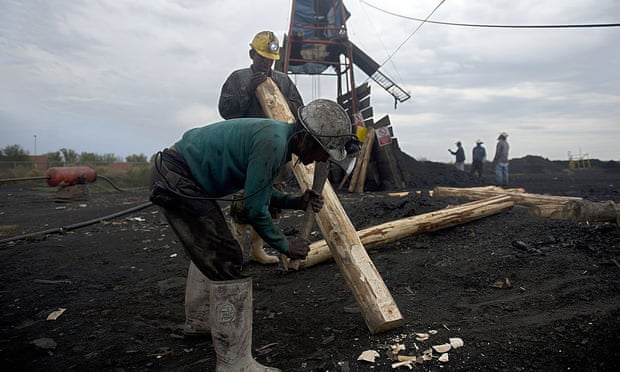
“Instead of thinking of a transition from coal and fossil fuels, he’s thinking of using more coal and petroleum,” said Adrián Fernández Bremauntz, director of Iniciativa Climática de México, an environmental organisation.
“No other G20 country has such abnormal or retrograde energy policies as this government,” he added. “It’s not going to advance us toward our climate goals.”
Amlo’s policies stand in stark contrast to those of the Biden administration, which has declared that the climate crisis poses an “existential threat” and unveiled a flurry of policies to decouple the US economy from fossil fuels.
The CFE’s current investment plan forgoes clean energy projects entirely. And a bill for overhauling the electricity industry that was recently sent to Congress would force the CFE to purchase power from its own facilities, including coal plants, before renewables.
López Obrador has said his government will refurbish the CFE’s hydroelectric installations, which would allow Mexico to meet its climate commitments of generating 35% of its electricity via renewables.
But to make its case for prioritising fossil fuels and re-establishing a state-run electricity industry, the Mexican government has repeatedly cast doubt on the dependability of renewables – arguing that solar and wind energy are unreliable and claiming they had been given preference over CFE hydroelectric projects.
And despite increasingly powerful hurricanes, droughts and other extreme weather which have afflicted the region, it has stayed silent on the climate crisis.
After a December blackout plunged 10.3 million customers into darkness, the CFE partly blamed the afternoon outage on record levels of renewable energy overloading the power grid.

In the past, Mexico has been a climate leader. It was the first developing country to deliver its climate action plan ahead of the Paris agreement, but such ambitions are now treated with crushing lack of interest by the government.
“The Paris agreement has zero relevance to anything they’re talking about in the electric sector right now,” said Jeremy Martin, vice-president for energy and sustainability at the Institute of the Americas.
López Obrador outlook on fossil fuels and state-run companies stems from his upbringing in the oil-rich state of Tabasco at a time when Pemex was seen as the vehicle for national development. Private companies and foreigners had been excluded from the energy sector since a 1938 expropriation.
But an opening of the industry in 2013 encouraged a spate of new investment – much of it in renewables. Mexico also introduced clean energy auctions, which “set record prices for how low developers were bidding to put renewables into the mix”, Martin said.
Those auctions stopped after López Obrador took power in December 2018. Anaid Velasco, research director at the Mexican Center for Environmental Law, described the new government’s policy as: “I’ll put obstacles in the path of the private sector, which invested most in renewables and I’ll put most of my efforts – and at least 80% of the budget – into fossil fuels.”
Even as the coronavirus pandemic heaps misery on Mexico, López Obrador has continued to pour funding into Pemex and hasn’t slowed construction on a massive $8bn oil refinery.
“We’re going to rescue Pemex and the CFE,” Amlo says often, appealing to nationalism and impugning his predecessors for opening up the energy sector to private and foreign investors.
George Baker, a veteran Pemex analyst, compared Amlo’s rhetoric on energy to Donald Trump’s fixation with restoring the US coal industry. “It’s a kind of feel-good statement on the level of ‘Make America great again’,” he said.
López Obrador has also showed a marked enthusiasm for coal, which produces roughly 9.5% of Mexico’s electricity. In October, he travelled to the coal mining regions of Coahuila, to announce the reactivation of the CFE’s coal-fired plants. He called clean energy a “sophism” to prioritize private over public enterprise.
The president’s commitment to coal was welcome relief for miners like Rivera, whose family has worked in the mines for three generations.
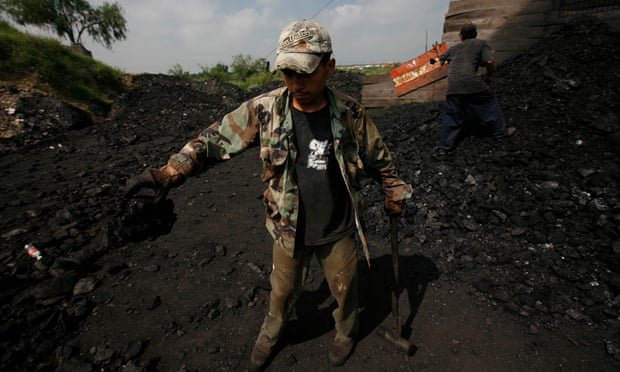
Mining almost ground to a halt in 2019 when the CFE stopped purchasing amid plans to transition to cleaner energy source. About 10,000 miners lost their jobs.
To stay afloat, Rivera shut down the mine, and sold 20 cows and the house he had inherited from his mother. Some of his employees were forced to scrounge for nuts to feed their families.
His company now extracts 700 tons of coal a week from his mine which burrows under the parched terrain of cactus and mesquite.
The region is pocked with mines of all sizes, ranging from artisanal pocitos, or “little holes”, to large-scale operations and open pits. “You dig 30 meters and you strike coal,” said Javier Gómez Acuña, director of Prodemi, a state-government agency to promote mining. “It’s everywhere.”
Conditions are often hazardous: 19 February marks the 15th anniversary of the Pasta de Conchos disaster which killed 65 miners.
As the coal-fired plant reopens more furnaces, Rivera expects to ramp up production to 1,900 tons a week.
“What does the president want? To reactivate the economy because 50% of this region depends on mining,” Rivera said.
Rivera didn’t deny the climate crisis and said drought had gripped the region for three years. “We definitely believe in climate change and alternate forms of producing energy have to be pursued. But we need to advance bit by bit,” he said.
Workers preparing to reopen the coal mines seemed more worried about work than the climate.
“They say they’re no longer going to buy coal because of these solar lamps and stuff like that,” said Luis Alberto García. “But I hope we can always sell coal because we make more money from it.”
15 February 2021
The Guardian

